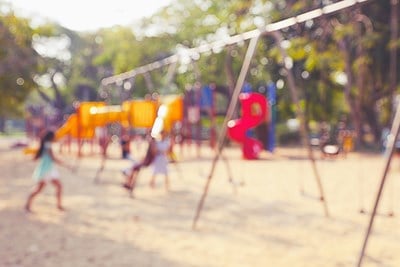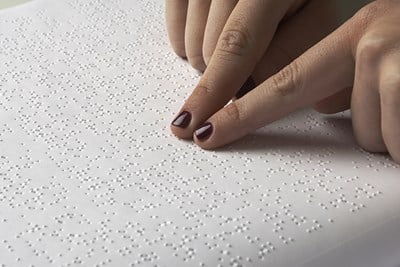Corneal abrasions are scrapes or cuts that occur on the surface of the eye -- specifically, on the cornea. While mild abrasions on a healthy eye generally heal in less than a week (and sometimes as quickly as the next day), other injuries need a little help to prevent permanent damage to the cornea, and thus vision. Here’s a look at why the cornea is so important and how to treat corneal abrasions.
What is the Cornea?
The cornea is the clear lining that covers the pupil and iris, keeping away dust and other debris that can infiltrate the eye, which makes it particularly susceptible to such injuries. The cornea is also integral to the visual process, by focusing light rays at the appropriate angle to go through the pupil and vitreous substance to the retina. The retina then turns those rays into light impulses, sending them up the optic nerve and off to the vision centers in the brain.
When a corneal abrasion occurs, it damages that clear protective lens. It may be painful, creating a burning or scratchy feeling, and it may feel like there’s something lodged in the eye. The top-most layer, called the corneal epithelial, becomes compromised as the cells are damaged or separated. The eye itself may redden, and the surrounding tissue (specifically the eyelids) may become inflamed. Since the cornea is so important for clear vision, you may notice excessive tearing, sensitivity to light, or blurred vision.
Why is Treatment Important?
If you have a corneal abrasion, it is important to visit an eye doctor (ophthalmologist) for appropriate diagnosis and treatment. Your eye doctor can perform an examination to determine exactly where the scratch is located, as well as how serious it is and if it has compromised more than the outer layer. Without treatment, the cornea is subject to infection or corneal erosion, a condition in which the new cells do not attach as firmly to the original cells, making it easier for them to slide back off, sometimes just from opening the eye.
How Do You Treat Corneal Abrasions?
If you scratch or cut your cornea, rinse your eye out immediately to remove any residual dirt or other abrasion-inducing particles. If at all possible, avoid the faucet. Use a contact rinse or sterile saline, as tap water can actually contribute to infection. If pain, redness, or other discomfort persists, go to the doctor within the first day of the abrasion.
To prevent infection, you may be prescribed prophylactic topical antibiotics, which come as an ointment or eye drop. This will prevent infection from forming or help treat any infection that has already begun to prohibit further damage. Additionally, the eye has many pain receptors, likely as an evolutionary tactic for keeping eyes as safe as possible because of their importance to daily functioning. You may be given additional prescription eye drops that can help reduce that pain, along with any associated redness.
More significant damage may require the use of an eye patch or for the eye to be taped shut. This will not only prevent further damage that can occur by blinking, it can help reduce the amount of light that hits the cornea to protect it in the case of photosensitivity (sensitivity to light). It is important to avoid rubbing the eye, even if it feels uncomfortable. If you require corrective lenses, stick to glasses until your doctor gives you the go-ahead for contact lenses, as these can further irritate the cornea. If your abrasion is a result of ill-fitting or old contacts, arrange for new contacts through your eye doctor. In the event that an eye patch is not necessary, it may be helpful to wear sunglasses to help reduce photosensitivity.



